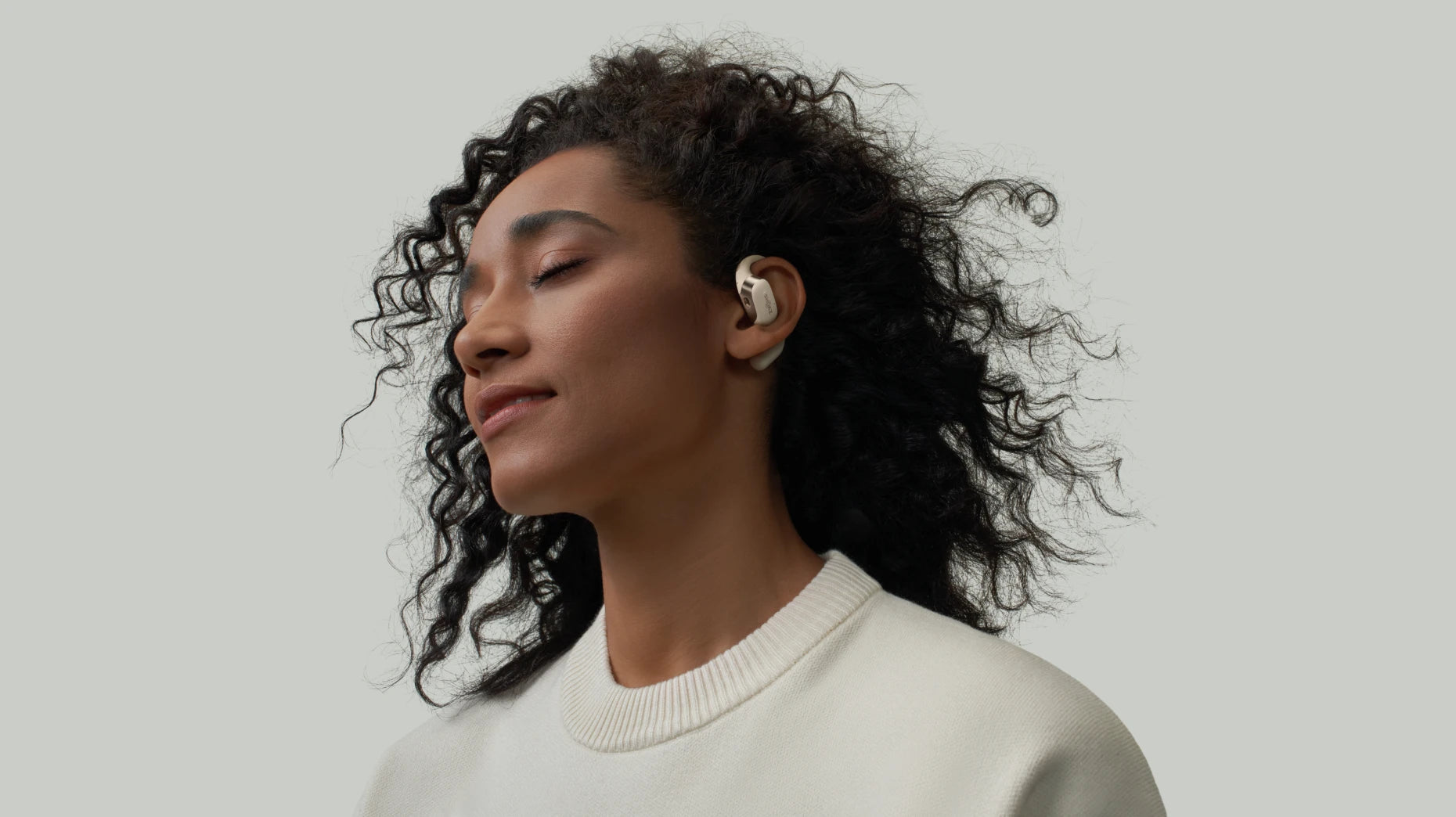Waterproof or Water Resistant: What Does IP68 Actually Mean?
Table of Contents
-
Introduction
-
What is the Difference between Water-Resistant vs Waterproof Headphones?
-
What Does An IP68 Waterproof Rating Mean For Your Headphones?
-
Can You Swim with IP68 Waterproof Headphones?
-
What IP Rating Should I Choose?
-
FAQs about IP Ratings
-
Conclusion
Introduction
Ingress Protection (IP) ratings, introduced in 1976 by the International Electrotechnical Commission (IEC), provide a standardized method for classifying the level of protection that electrical devices offer against elements such as water and dust. This revolutionary system brought clarity to an industry where terms like "water-resistant" were often vague and unhelpful.
A high IP rating for headphones means they are fully protected against dust and can be submerged in water for a certain duration, providing peace of mind for users in various environments.
You're on a hike, headphones on, phone clutched in your hand to capture the breathtaking views. But a sudden downpour soaks you to the bone. Did your tech survive the unexpected shower?
In the pre-IP rating era, such moments were fraught with anxiety. Vague terms like "splashproof" left users guessing about a device's true resilience. Thankfully, the International Electrotechnical Commission (IEC) stepped in with a solution in 1976: Ingress Protection (IP) ratings.
This system deciphers the mystery by offering a standardized code that reveals a device's defense against dust, water, and other environmental threats. In this article, we’ll take a look at the IP rating, and help you better understand what it means.
What is the Difference between Water-Resistant vs Waterproof Headphones?
The terms "water-resistant" and "waterproof" indicate the level of protection you can expect from water damage, but they are not interchangeable. Water-resistant headphones can handle a certain degree of moisture, such as sweat or light rain. These devices have been designed to resist water penetration to some extent, but not entirely.
On the other hand, waterproof headphones offer a higher level of protection. They can withstand more substantial water exposure, including immersion in water for specified depths and durations.
The Ingress Protection (IP) Rating System provides a clear and standardized method to gauge the level of protection offered by electronic devices against solids and liquids. The classification system consists of the letters “IP” followed by two numerals and sometimes one letter.

The first digit following the IP designation indicates the dust-protection rating. On a scale of 0 through 6, a lower number signifies little to no protection. Many products today have a rating of 6, indicating the highest level of dust-tight protection.
Some IP ratings use the letter "X" as a placeholder for the dust-protection numeral, indicating that the product wasn't tested for dust infiltration. In such cases, consumers should consider the product's intended use and match it to their activities. If the manufacturer doesn't guarantee dust-tight conditions, it's best to use the item indoors or away from extreme elements.
The second digit in the IP rating system indicates the product's resistance to moisture. According to the IEC's rating system, a rating of 0 means the product has no protection against moisture, while a rating of 8 is suitable for products designed for wet conditions such as swimming.
Although a product can have a rating as high as 9 for moisture resistance, most products designed for humid or wet activities use a rating of 8. In simple terms, IP68 waterproof headphones can be used for swimming laps, but not for diving to great depths. For withstanding intense water pressure or jet streams, a product would need a 9 rating to remain water-resistant.
What Does An IP68 Waterproof Rating Mean For Your Headphones?
The IP68 rating indicates that your headphones have a dust-tight and waterproof housing, offering one of the highest levels of protection in the industry. This means that dust cannot enter the headphones, even in dense air. While extreme weather conditions like dust storms may impair this rating, they are rare and not relevant for everyday use.
Additionally, the IP68 water resistance rating provides excellent protection against moisture, allowing you to use the headphones for activities such as swimming and running in the rain. However, it's important to pay attention to the details of the rating. For example, the "8" rating means the product can be submerged in at least 1 meter of water, as reported by CNET, but this doesn't imply that the product can withstand any depth of water. The product will have a limit, which should be stated in its specifications.
Lastly, it's important to note that the IP68 water resistance or waterproof rating is applicable for freshwater conditions. Most products with this rating are not suitable for use in saltwater due to its corrosive nature. To ensure you’re fully aware of your tech’s limitations, take some time to read through the manufacturer’s manual.
Can You Swim with IP68 Waterproof Headphones?
More often than not, you should be able to swim with IP68 waterproof headphones, but there are some important factors to consider. The IP68 rating means the device is protected against dust, dirt, and sand, and can be submerged up to a maximum depth of 1.5 meters underwater for thirty minutes. However, this may vary depending on the manufacturer.
For example, Shokz OpenSwim is waterproof in up to 2 meters of water for two hours. These MP3 headphones are designed specifically for swimmers. The enhanced waterproof capabilities ensure that swimmers can enjoy their audio without worrying about damaging their headphones.

What IP Rating Should I Choose?
An IPX4 or IPX5 rating provides sufficient protection for most everyday activities. This includes splashes, sweat, and light rain, making them suitable for commuting, studying, or casual listening. These ratings might not be ideal for extreme conditions, but they offer a good level of protection for most users.
For users who participate in more rigorous activities, particularly those involving water, a higher IP rating becomes important. An IP68 rating is generally considered ideal for water sports like swimming or water polo, and can even withstand heavy rain encountered during outdoor adventures.
Overall, it’s important to match the protection rating to how you’ll use your headphones. For those leading an active lifestyle, especially around water, an IP68 rating offers the peace of mind that your investment is safeguarded against the elements.
FAQs about IP Ratings
- What IP rating is fully waterproof?
Look for IP69 or IP68 waterproof ratings. Both ratings allow a product to be submerged in water for a specific time and depth.
- How many meters is IP68 waterproof?
An IP68 rating means a product can be submerged in at least 1 meter of water. However, verify specific depths with the product's manufacturer as they can differ.
- Is there anything higher than IP68?
There are IP69-rated products, but they're rare in the consumer industry. Most waterproof products use the IP68 rating.
Conclusion
Understanding the IP ratings for wireless headphones can help you make an educated purchase based on your applications. With IP68 water-resistant headphones available today, you can enjoy a rainy jog or a refreshing swim with music in the background. For a reliable music session, purchase Shokz swimming headphones today.










